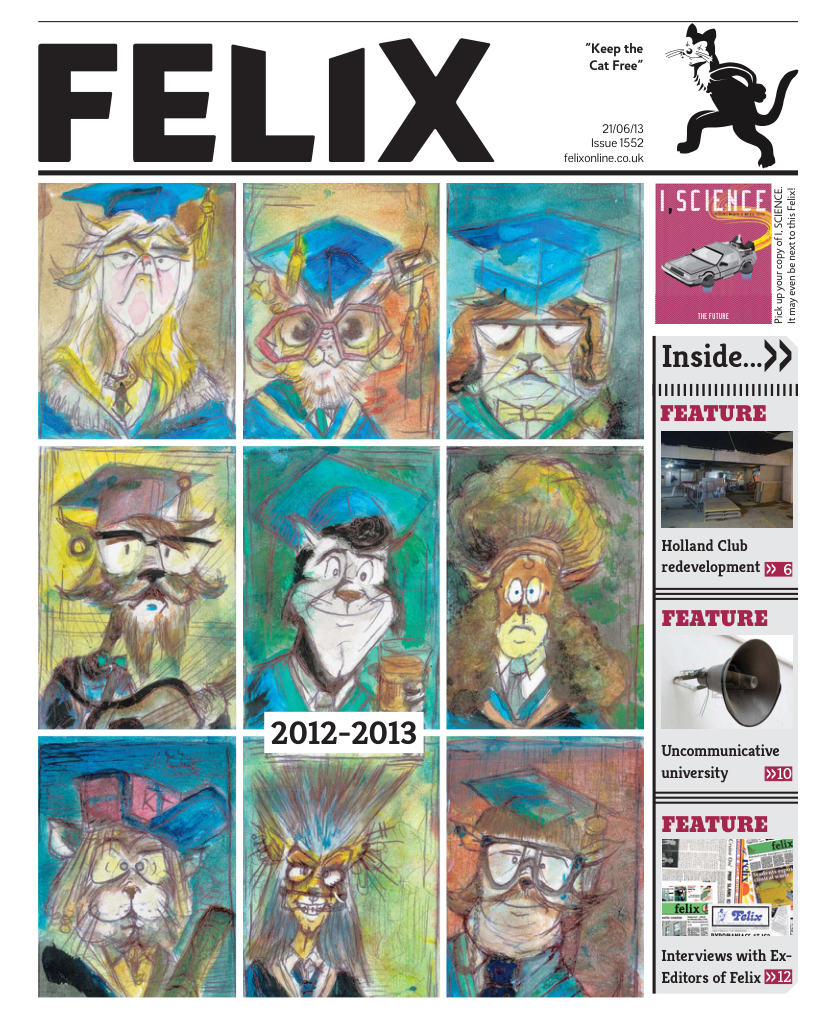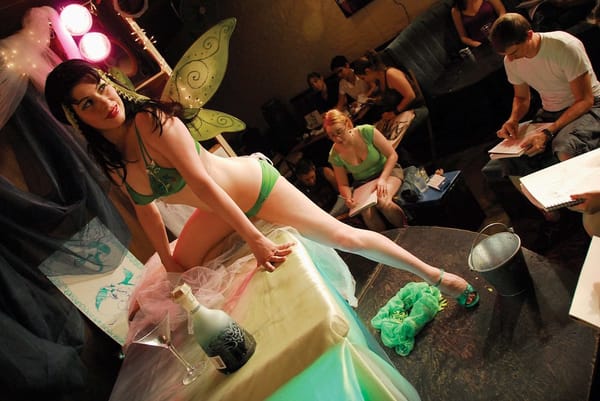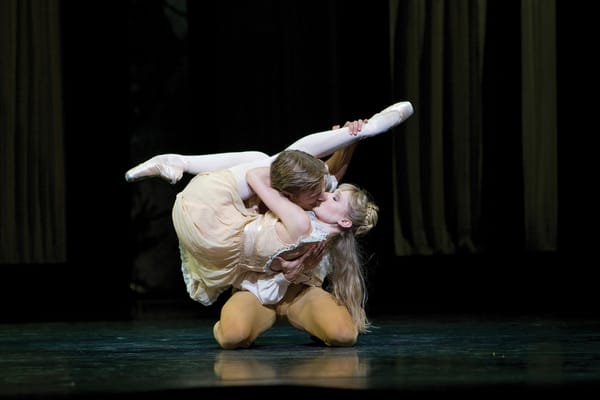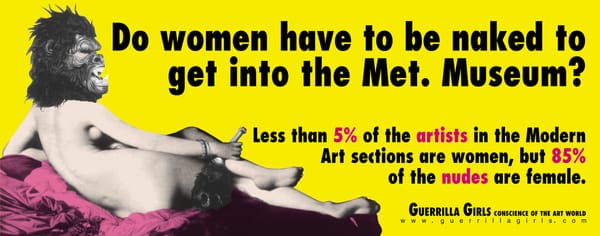Outsider art
Fred Fyles examines a new art craze
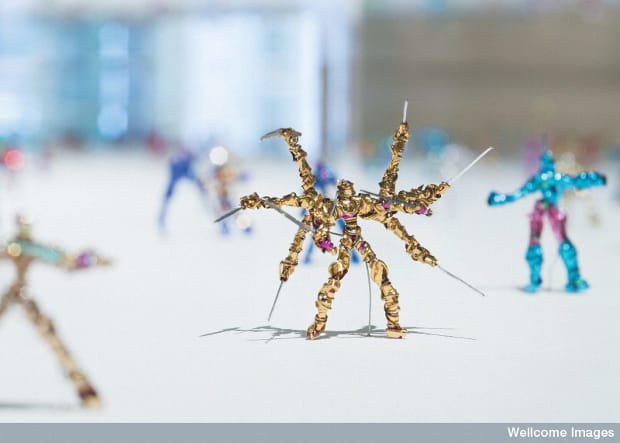
What does it mean to be an ‘Outsider Artist’? While the majority of famous artists follow the time-tested route from the art school to the gallery, there are those who slip through the cracks of artistic society, exploring their creative visions outside the atelier. The majority of these artists trickle away into obscurity, but this summer, a select group of the outside art world has found a home in London, being displayed in both the Wellcome Collection and the Hayward Gallery.
The term ‘Outsider Art’ originated from the French artist Jean Dubuffet’s idea of art brut, and describes art made outside the structure of the mainstream artistic world, by artists who have often received no formal training. Similar to naïve art, outsider art often makes use of improbable perspective, simplistic forms, and bold colours, creating works which are defiantly different to the mainstream artistic culture; the differences are not only in the manner of the work, but also where it is created – most outsider artists do not work out of an official studio, instead working in their home, or as part of therapy.
It is the role of art as occupational therapy that is explored in the Wellcome Collection’s latest exhibition; entitled ‘Souzou’, a Japanese term with no direct translation, but meaning imagination, or creation, it collects work from 46 artists who are attendees and residents at a number of social welfare institutions. Many of these artists have some form of mental disability, but experience the overwhelming desire to create, producing work that reflects their unique world view. Some of the works, such as Shinichi Sawada’s mythical monsters, bristling with spiky points, come directly from the artist’s imagination, but a large majority relate to everyday objects in the artist’s life. Hiroyuki Komatsu’s clunky cartoons encapsulate episodes and plot arcs of his favourite morning TV shows, while Daisuke Kibushi’s work consists of reproductions of post-war movie posters, meticulously recreated from memory.
These works possibly provide a way for the artist to express what they feel about the world around them; with a alphabet system as complicated as Japanese, it can often be difficult for the artists to articulate what they want to say, and working with media gives them an outlet.

However, although many of the artists do have mental health problems, it would be ill-informed – and offensive – to see them as child-like. A large number of the works deal with issues of relationships, both platonic and sexual, such as Masao Obata’s cardboard pictures, which feature the recurring motif of couples, and relate to his lifelong ambition to get married. Others, such as Marie Suzuki, use art to express a far darker side of their personality. Her cramped, claustrophobic images of sexual intimacy have a pulsing undercurrent of fear, and are crammed with groping hands, worms, and vulvic imagery. Sakiko Kono’s woollen dolls strike a happier note, portraying kind staff from the residential facility she has called home for the last 55 years.
Similarly, it would be untrue to presume that there is a lack of self-awareness on the artists’ part; Yoko Kubota projects her own desires for beauty onto her drawings of models, copied from fashion magazines, while Yukiko Yamada’s series of delicate watercolour portraits, entitled She Is Nobody, can be seen as an existential call to arms, exploring ideas of self-importance, uncertainty, and anonymity. Even Takahiro Shimoda’s pyjamas, festooned with images of his favourite foods, display a keen sense of humour and self-awareness
Throughout the exhibition there is an underlying theme of repetition; since the art is a form of occupational therapy, much of the works centre around a single idea that fascinates the artist. Both Mineo Ito and Ryoko Koda utilise their own names in their works, Ito repeatedly writing it until it becomes a dense scrawl, and Koda refining hers into a single symbol, which she then writes again and again; these works remind me the Infinity Net series by Yayoi Kusama – another Japanese artist who has been institutionalised due to mental illness – in which repeated crescent shapes coalesce to form a net pattern. This repetition is combined with the theme of unorthodox working material in Shota Katsube’s army of miniatures, created from the twist-ties used to fasten bags; each figurine is unique, and minutely detailed, while the sheer scale of the number of pieces make the work quite overwhelming.
While this exhibition shows the role that art can have in the lives of the mentally ill, a role that includes self-representation, actualisation, and personal exploration, if we cross the river we can find another group of outsider artists creating very different works, with completely different roles. The Hayward Gallery’s summer exhibition, entitled An Alternative Guide to the Universe, aims to bring together ‘artists and architects, fringe physicists and visionary inventors’, who can offer “bracingly unorthodox perspectives on the world we live in”. these ideals are lofty, but the exhibition falls short, especially when compared to the sublime collection at the Wellcome, and the previously impressive shows the Hayward has put on.
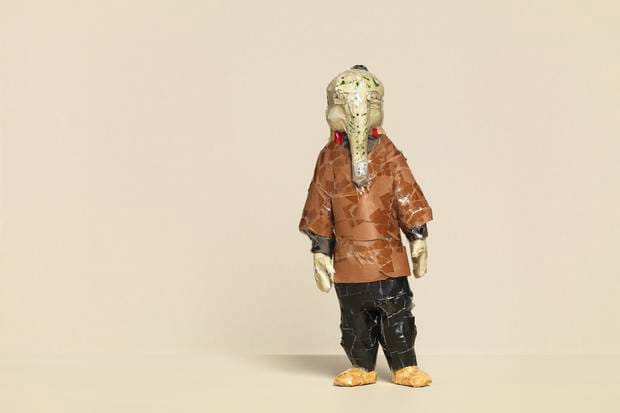
Like some of the Japanese artists, several of the works at the Hayward explore ideas of self-representation; Lee Goldie, a homeless woman who took photos of herself in various guises (Katherine Hepburn one day, a dirty tramp the next) at photobooths, and Eugene Von Bruenchenhein, whose meticulously arranged portraits of his wife Marie have a surrealist flair, both put forward the idea that outward appearance directly reflects our personality. Cindy Sherman eat your heart out. However, while these offer a direct look into a personal universe created by the artist, the majority of the viewpoints of the artists are simply too convoluted or ridiculous to be properly engaging.
Aliens, ‘universal energy’, and cosmic powers play a large part in the work of Paul Laffoley, who I imagine should probably abstain from UFO internet message boards, while Guo Fengyi’s representation of ‘qi energy’ and mysticism is simply too impenetrable to enjoy. Other works are completely impressive in scale, such as A.G. Rizzoli’s draftsman-like drawings of buildings representing people in his life, but still fail to enchant; while Rizzoli’s work is engaging, the sheer amount of detail means that it is impossible to comprehend the information contained in his pictures (of which the Hayward displays a large number), and leaves the viewer feeling like they haven’t fully appreciated it.
Science takes a prominent role in the exhibition, and generally falls into one of two categories: ‘believable pseudoscience’, and ‘complete bull’. In the former there is the work of Jim Carter, whose theories of atomic ‘circlons’ are engaging once you get past the part where he states gravity is the result of the Earth doubling in size every 19 minutes. In the latter is work by Emery Blagdon, whose ‘electromagnetic sculptures’ he believed to be able to cure arthritis. While such theories can initially seem amusing, when presented en masse they begin to wear extremely thin.
Much of the best work of the exhibition is architectural in scope; since the core of the exhibition is the idea of an alternate universe, alternative architecture provides an immediate visual invitation while also making good on the Hayward’s promise of creating a better world. Jan Głuszak Dagarama’s diagrams of alternative housing models, adapted to survive in adverse environmental conditions, are rooted in the heady optimism of the 1960’s utopian vision, while an alternative utopia is provided by William Scott, who re-imagines San Francisco as a wholesome world of baptist-sermons and friendship called Praise Frisco.
The highlight of the exhibition comes in the form of the pictures of Parisian street cleaner Marcel Storr, whose work re-imagines the skyline of Paris as a gleaming city of Angkor Wat-like spires. His paintings of cathedrals, grand in scale and mind-boggling in detail, seem to be illuminated from within, creating a cityscape reminiscent of Fritz Lang’s 1927 seminal masterpiece Metropolis. Completed over a number of years, and never sold, these paintings perfectly encapsulate the obsessive spirit that runs through the gallery.
When discussing the idea of ‘outsider art’, one must consider what it means to be ‘inside’; what is it that makes work by Emin and Ofili part of the cultural framework, while work by the artists exhibited in these two galleries often falls by the wayside? This outsider art has complex qualities that make it distinct from the art in mainstream galleries, and these qualities can be both good and bad. The Souzou collection soars, and while the Hayward’s exhibition falls short of what it promises, it too presents work that is key in the debate of what outsider and insider art is. I strongly urge readers to go to at least one of these exhibitions; get inside a gallery, and get outside the art world.


